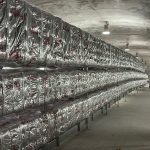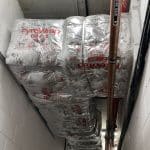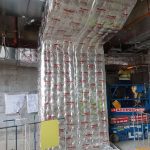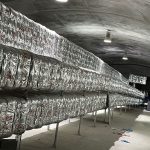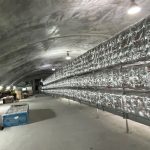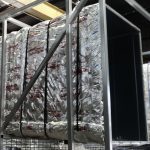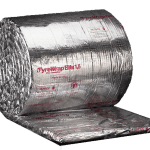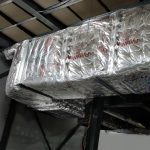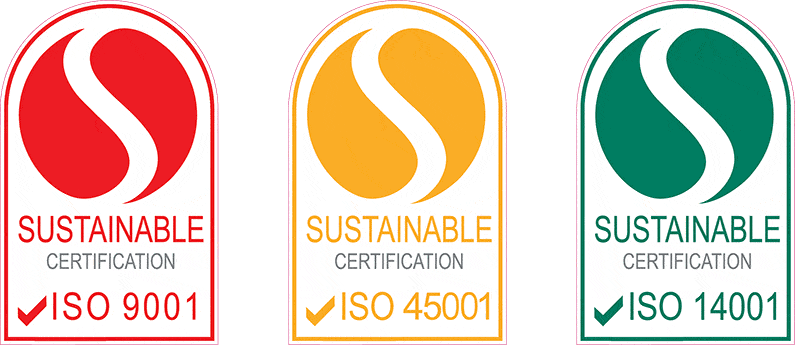Fire-Rated Duct Wrap: A Guide to Choosing Products that Meet Australian Standards
Selecting fire-rated duct wrap that meets Australian standards is essential for fire safety in buildings. Consider factors listed below to ensure maximum protection against the spread of fire through ventilation systems:
Fire-rated duct wrap is a crucial component in the construction industry, as it helps prevent the rapid spread of fire through ventilation systems. In Australia, it is essential to ensure that the duct wrap you choose meets the required standards for fire resistance and safety. This article will guide you through the key factors to consider when selecting fire-rated duct wrap that complies with Australian standards.
In Australia, fire safety regulations are outlined in the Building Code of Australia (BCA), which sets the minimum standards for fire protection measures. When selecting fire-rated duct wrap, look for compliance with the Australian Standard AS 1530.3. This standard specifies the fire test methods for evaluating the fire propagation characteristics of building materials, including duct wraps. Products that meet this standard demonstrate their ability to resist the spread of fire and comply with the BCA requirements.
Fire resistance level determine how long a material can withstand fire exposure without allowing fire to spread. When choosing fire-rated duct wrap, consider products with a higher fire resistance rating, usually expressed in minutes. Australian standards require fire-resistant duct wraps to have a minimum fire resistance rating of 120 minutes. This rating ensures that the duct wrap will maintain its integrity for an extended period, allowing more time for safe evacuation and fire containment.
The composition of fire-rated duct wrap significantly impacts its fire resistance capabilities. Look for materials that are non-combustible, such as mineral wool or ceramic fiber blankets. These materials can withstand high temperatures without releasing toxic gases or fueling the fire. Additionally, consider the thickness and density of the duct wrap, as these factors can affect its ability to insulate and provide an effective barrier against fire.
When selecting fire-rated duct wrap, ensure that the product has undergone rigorous testing and holds relevant certifications. Look for certifications from reputable testing laboratories, such as the CSIRO (Commonwealth Scientific and Industrial Research Organisation) and Warrington Fire in Australia, or BRANZ (Building Research Association of New Zealand). The presence of certification indicates that the product has met the necessary fire resistance standards and has been tested according to recognized procedures.
Proper installation of fire-rated duct wrap is crucial to ensure its effectiveness. Engage professional installers who are experienced in working with fire protection systems and familiar with Australian regulations. They will ensure that the duct wrap is installed correctly, adhering to the manufacturer’s guidelines and meeting the required standards. Regular maintenance and inspections are also essential to identify any signs of wear or damage and promptly address them to maintain the fire-rateding capabilities of the duct wrap.Proper installation of fire-rated duct wrap is crucial to ensure its effectiveness. Engage professional installers who are experienced in working with fire protection systems and familiar with Australian regulations. They will ensure that the duct wrap is installed correctly, adhering to the manufacturer’s guidelines and meeting the required standards. Regular maintenance and inspections are also essential to identify any signs of wear or damage and promptly address them to maintain the fire-rating capabilities of the duct wrap.


